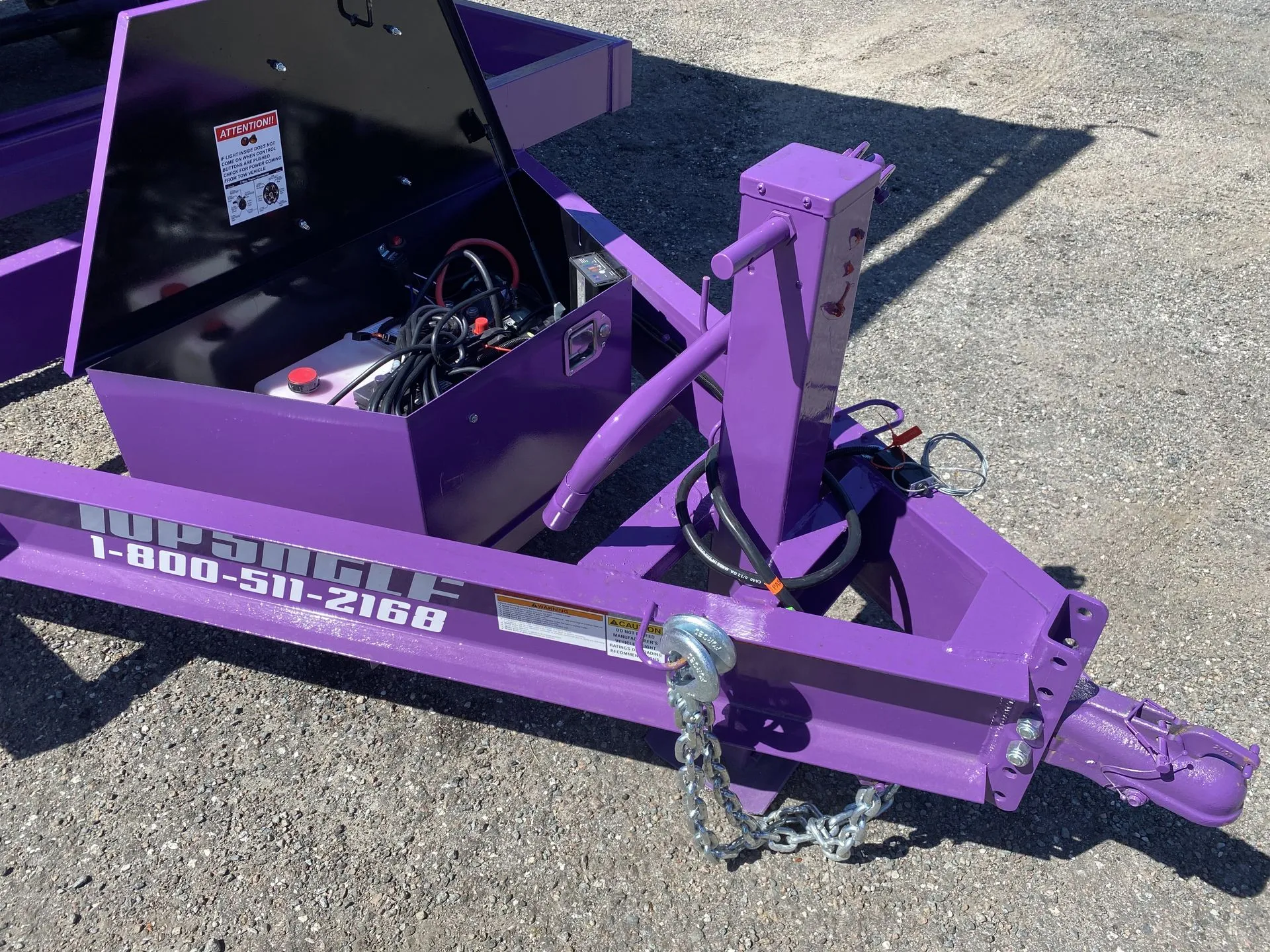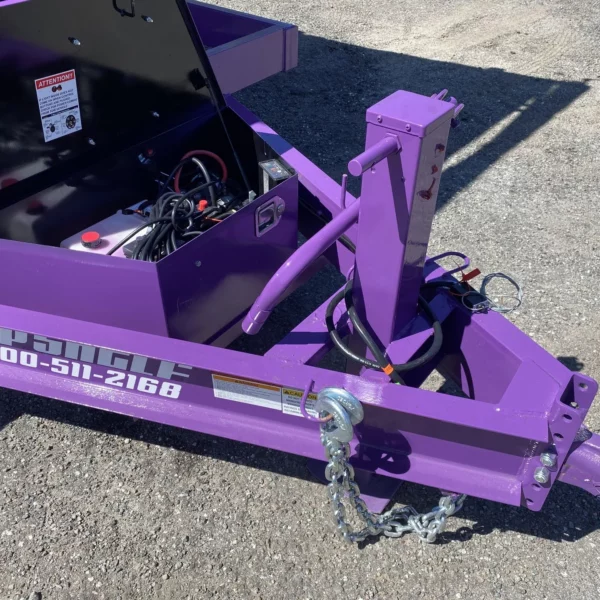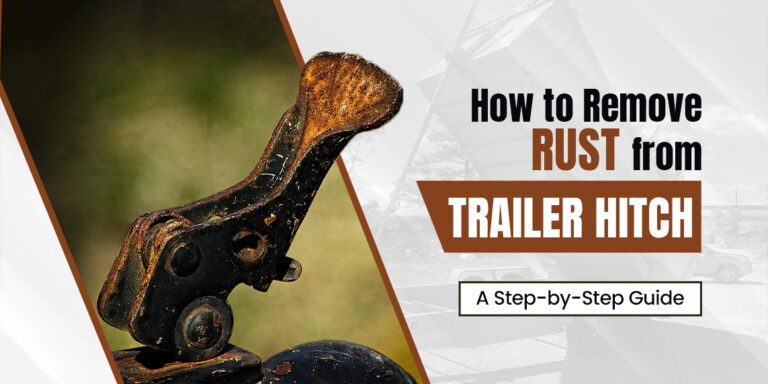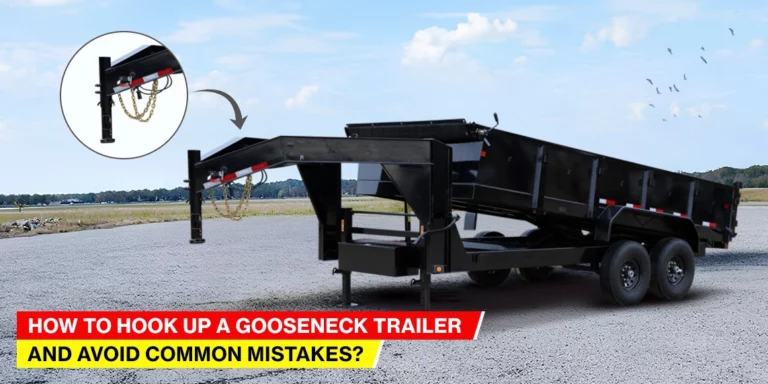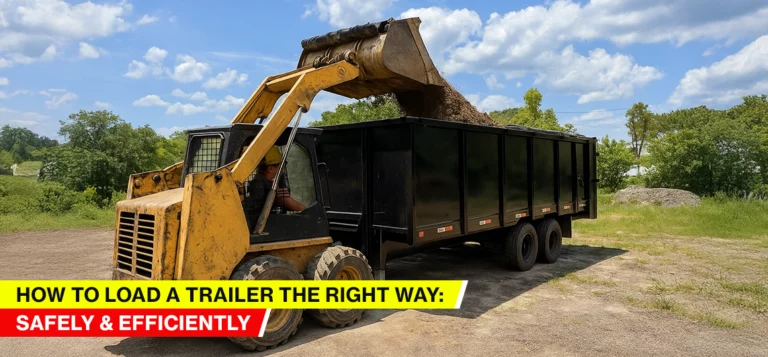Your dump or equipment trailer is only as useful as your ability to get it where the work is—whether that’s a muddy field, gravel access road, or a forested lot. Follow these proven steps to arrive ready and safe every time.
1. Recon the Route First
- Scout solo with your truck – Before ever hitching the trailer, drive the route car-only. Look for tight curves, steep inclines, mud pits, deep ruts, low branches, and soft ground.
- Note ingress and egress – Can you turn around easily? Is there room for a backup? Identify escape routes in case things go south.
- Track the weather – Even gravel roads pack out when wet, and dry ground can suddenly turn into slick clay. Timing can save you from a recovery job.
2. Match Your Gear to the Terrain
- Opt for rugged tires – Use all-terrain tires on both truck and trailer. They grip better in gravel and muddy conditions.
- Adjust tire pressure wisely – Lowering PSI (20–25 psi) helps hook into soft ground, just remember to re-inflate before hitting pavement.
- Bring recovery gear – At minimum, pack traction boards, a portable winch, a shovel, and an air compressor for quick fixes.
- Protect vulnerable parts – Check for low fascia, plastic trim, or diff guards that can catch on rocks or logs. Install skid plates if hauling across rocky terrain.
3. Load and Hitch with Precision
- Balance the load – Aim for 10–15% of trailer weight on the tongue. Proper tongue weight prevents sway and maintains control.
- Center heavy items – Keep weight low and centered between axle points. Unbalanced loads increase risk of fishtailing, especially off-road.
- Secure cargo fully – Use ratchet straps or E-track systems to immobilize materials and center of mass. Loose items flying under a trailer can be both dangerous and damaging.
- Choose the right hitch – For rugged sites, gooseneck hitches give better turning clearance and weight distribution. Weight-distribution hitches help level out your rig and further reduce sway.
- Check the brakes – Make sure your electric brake controller is properly set. On steep or slippery terrain, trailer brakes are a lifesaver. Don’t forget the breakaway cable, it’s your last line of defense if the trailer becomes detached.
4. Off-Road Towing Techniques
- Low gear is key – Drive in 4-Low (or low-range if you have it), maintaining 1,500–2,000 RPM. Steady, low-speed torque over bumps and inclines helps avoid wheel spin.
- Pick solid ground – Avoid ruts or soft pockets where possible; set your line where ground looks compact and firm.
- Use engine braking downhill – Especially on steep or slippery descents, shift into low gear and let the engine slow you, rather than relying solely on brakes which can overheat.
- Maintain momentum – Keep a constant speed through sand or mud. Stop-and-start can trap you, and stopping hard can twist the trailer.
- Drive with a spotter – A team member walking outside with walkie-talkie or radio to guide you around obstacles dramatically reduces risk of damage or getting hung up.
5. Safety Gear and Field Preparedness
- Two-way communication – Bring radios, especially where cell service fades. A helper spotting gets you through tight spots fast.
- Emergency kit essentials – Pack a first-aid kit, fire extinguisher, flashlights, blankets, water, and snacks. Off-road sites can take hours to clean out of.
- Extra fuel and air supply – Run low on gas and you’re stranded. An onboard extra can bail you out.
6. Post-Job Cleanup & Inspection
- Power-wash thoroughly – Remove mud and gravel from tires, brakes, underbody, suspension, and wheel wells. Leaving muck on leads to premature wear and rust.
- Inspect for damage – Check tires for cuts or stones in the treads. Look under the trailer for cracked welds, bent axles, or loose hardware that can fail after bouncing across rough ground.
- Re-set tire pressure – Re-inflate trailer and truck tires to highway pressures for better fuel economy and even tire wear.
✅ Final Takeaway
Towing a trailer off-road isn’t just about muscle—it’s about finesse, foresight, and preparation:
- Map your path ahead of time.
- Gear the rig to match terrain.
- Pack it smart and hitch it right.
- Drive with skill, not speed.
- Carry safety measures and communication tools.
- Clean and check your trailer when done.
Arrive prepared, perform efficiently, and wear your trailer out—not your truck. Top Shelf Trailers is here to help contractors haul smart, wherever the work takes you.
